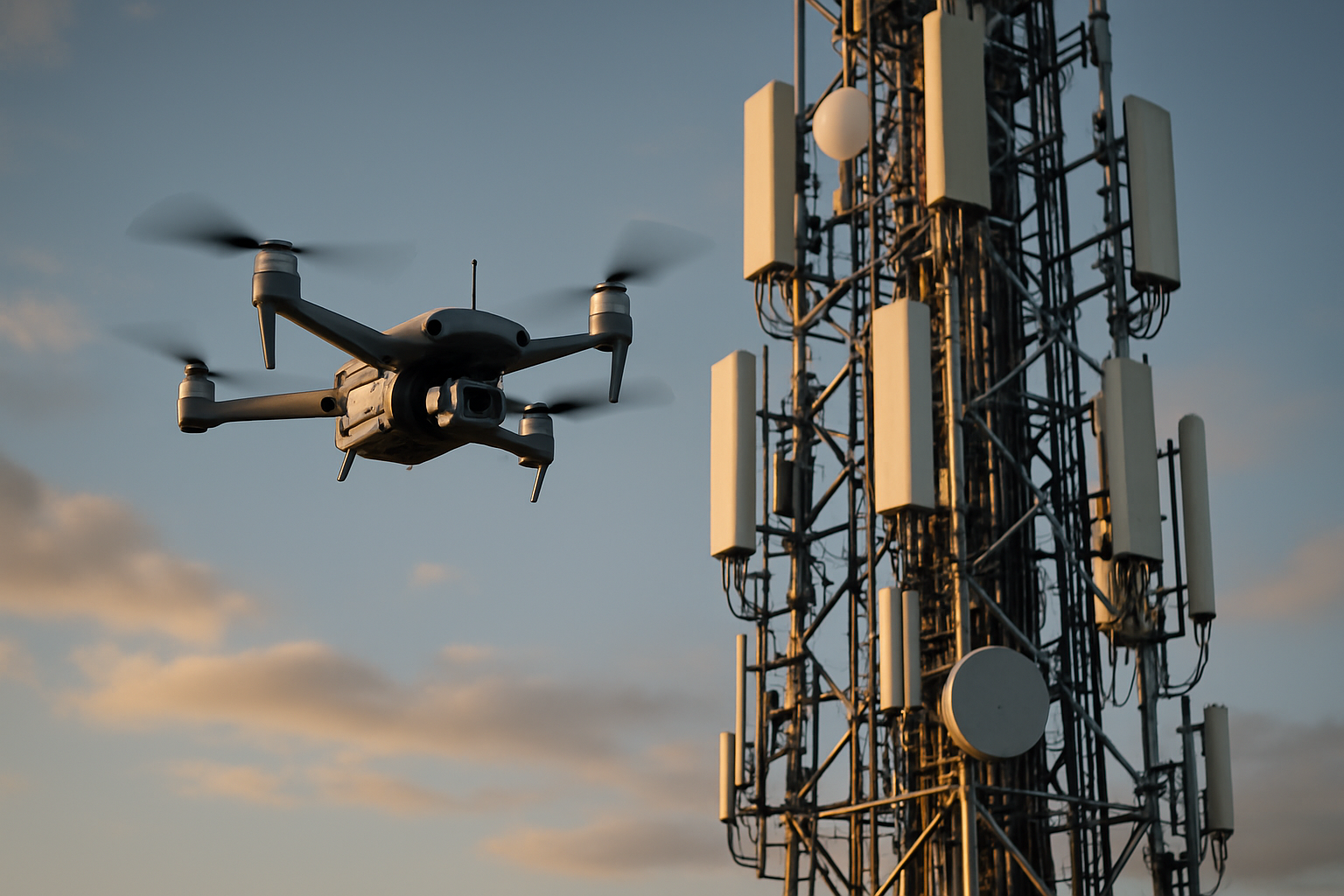Telecom Resiliency: Building Networks that Withstand Disaster
In an era where connectivity is paramount, the resilience of telecommunications networks during natural disasters and emergencies has become a critical concern. As climate change intensifies extreme weather events and geopolitical tensions rise, how can we ensure our communication lifelines remain intact when we need them most? This article delves into the cutting-edge strategies and technologies shaping disaster-resistant telecom infrastructure.

The economic impact of network outages during disasters is staggering. A single day of downtime can cost businesses millions in lost revenue and productivity. Moreover, the inability to communicate during crises can have life-threatening consequences, as emergency services struggle to coordinate responses and affected individuals cannot call for help.
Recognizing these challenges, telecom providers and governments worldwide are investing heavily in network resiliency. The goal is to create telecommunications systems that can withstand extreme conditions, rapidly self-heal, and maintain essential services even in the face of widespread infrastructure damage.
Hardening Physical Infrastructure
One of the primary approaches to enhancing network resilience is the hardening of physical infrastructure. This involves reinforcing existing structures and designing new ones to withstand specific environmental threats.
In hurricane-prone regions, for example, cell towers are being redesigned with stronger materials and more aerodynamic shapes to resist high winds. Some towers now incorporate telescoping mechanisms that allow them to be lowered before a storm hits and quickly raised once it passes.
Underground cabling is another key strategy. By burying fiber optic and copper lines deep beneath the surface, telecom providers can protect them from wind, falling debris, and floodwaters. Advanced tunneling techniques and protective conduits further shield these critical arteries from seismic activity and ground shifts.
Data centers, the nerve centers of our digital world, are also receiving significant attention. New facilities are being constructed with redundant power systems, flood barriers, and earthquake-resistant foundations. Some are even being built into mountainsides or underground to provide natural protection against extreme weather events.
Distributed Network Architectures
While hardening physical infrastructure is crucial, it’s equally important to design network architectures that can adapt to partial failures. Distributed network models are emerging as a powerful solution to this challenge.
In a distributed architecture, network functions are spread across multiple nodes rather than concentrated in centralized hubs. If one node fails, others can quickly take over its responsibilities, maintaining overall network integrity. This approach significantly reduces the risk of large-scale outages caused by damage to a single point of failure.
Software-defined networking (SDN) is playing a pivotal role in enabling these flexible architectures. SDN allows network administrators to dynamically reroute traffic and allocate resources in response to changing conditions. During a disaster, this capability can be used to prioritize emergency communications and optimize the use of remaining network capacity.
Redundancy and Diversity in Connectivity
The old adage “don’t put all your eggs in one basket” holds especially true for disaster-resistant telecommunications. Network redundancy and diversity are essential strategies for ensuring continued connectivity in the face of infrastructure damage.
Telecom providers are increasingly deploying multiple, geographically diverse network paths to connect critical locations. If one route is compromised, traffic can be instantly redirected through alternative channels. This approach often involves a mix of terrestrial and aerial infrastructure to provide maximum resilience against different types of threats.
Diversity in technology is also crucial. By employing a combination of fiber optic, microwave, and satellite links, networks can maintain connectivity even if one type of infrastructure is disproportionately affected by a disaster. This hybrid approach ensures that there’s always a backup option available.
Rapid Response and Self-Healing Networks
Even with the most robust preventive measures, some level of network damage during a major disaster is often unavoidable. The key to true resilience lies in the ability to rapidly restore services and self-heal damaged infrastructure.
Telecom companies are investing in fleets of mobile network assets that can be quickly deployed to disaster-stricken areas. These include portable cell towers, known as Cells on Wheels (COWs), and flying cell sites mounted on drones or balloons. These temporary solutions can provide crucial connectivity while permanent infrastructure is being repaired.
Advancements in AI and machine learning are enabling networks to become increasingly self-healing. Intelligent systems can automatically detect faults, reroute traffic, and even predict potential failures before they occur. This proactive approach minimizes downtime and allows for more efficient allocation of repair resources.
The Role of Energy Resilience
A network is only as resilient as its power supply. Recognizing this, telecom providers are placing increased emphasis on energy resilience as part of their disaster preparedness strategies.
Distributed energy resources, such as solar panels and fuel cells, are being integrated into network facilities to reduce reliance on the grid. Advanced battery systems provide extended backup power, while smart energy management systems optimize power consumption to extend operating times during outages.
Some innovative approaches are even exploring ways to harvest energy from the environment. For instance, research is underway on cell towers that can generate power from wind or vibrations, potentially allowing them to operate indefinitely without external power sources.
A More Resilient Future
As we face an increasingly unpredictable world, the importance of disaster-resistant telecommunications cannot be overstated. Through a combination of hardened infrastructure, flexible network architectures, and innovative technologies, we are moving towards a future where our vital communication links can withstand even the most severe challenges.
The journey towards truly resilient networks is ongoing, requiring continuous innovation and investment. However, the potential benefits - in terms of lives saved, economic losses averted, and communities empowered to recover quickly from disasters - make this one of the most critical endeavors in modern telecommunications.
As these technologies continue to evolve, they promise not just to maintain our connections during crises, but to fundamentally transform how we respond to and recover from disasters. In doing so, they will play a crucial role in building more resilient societies capable of weathering whatever storms the future may bring.





